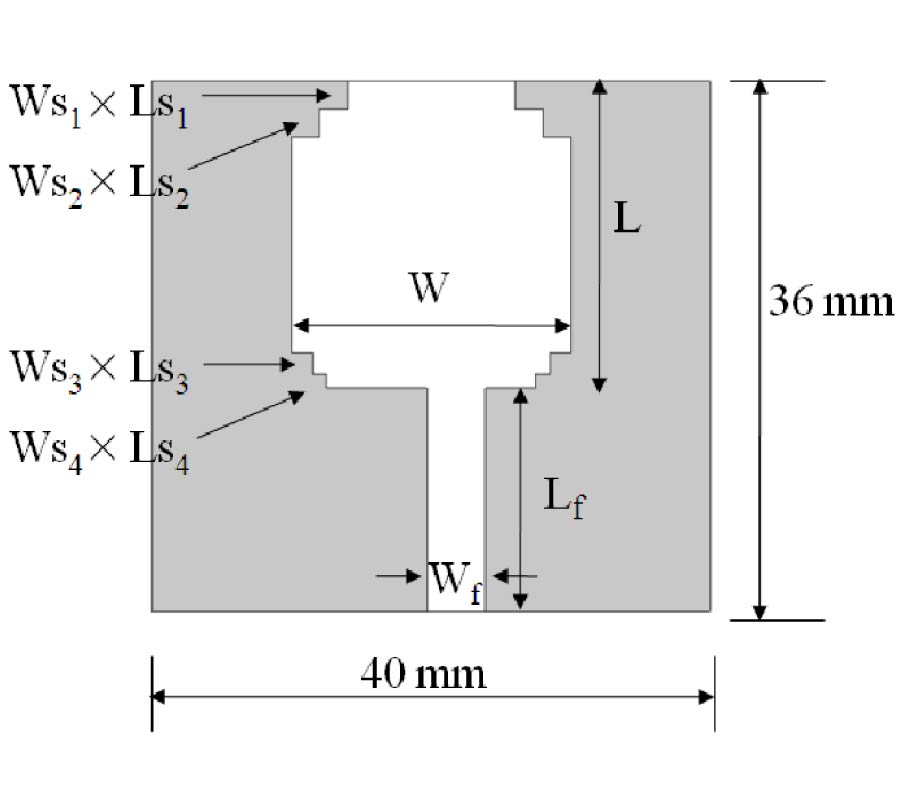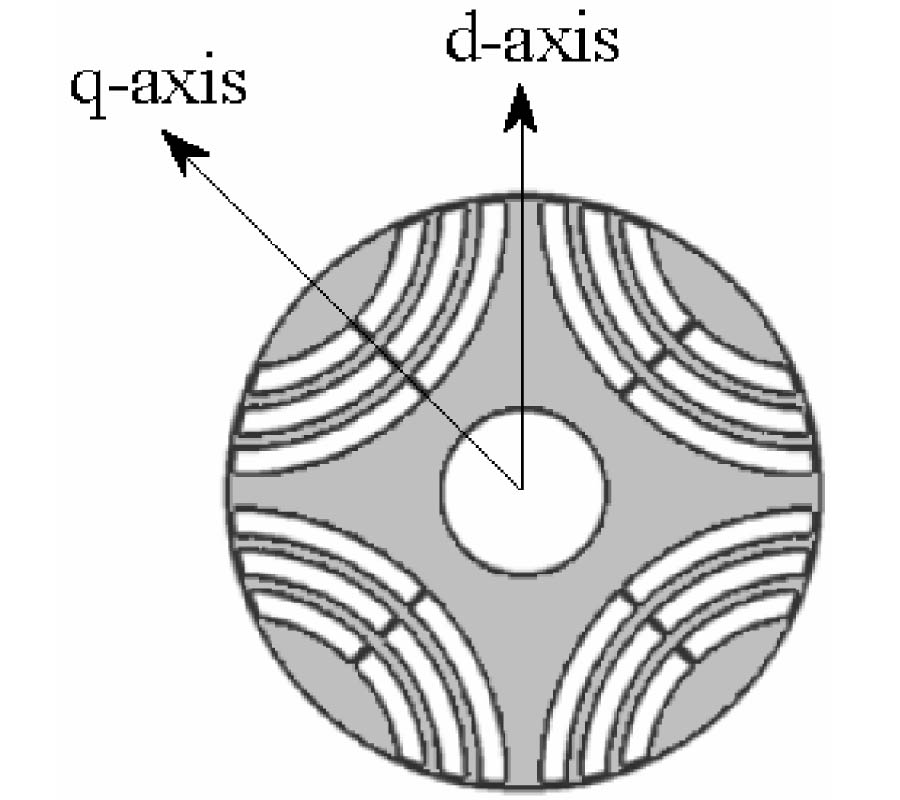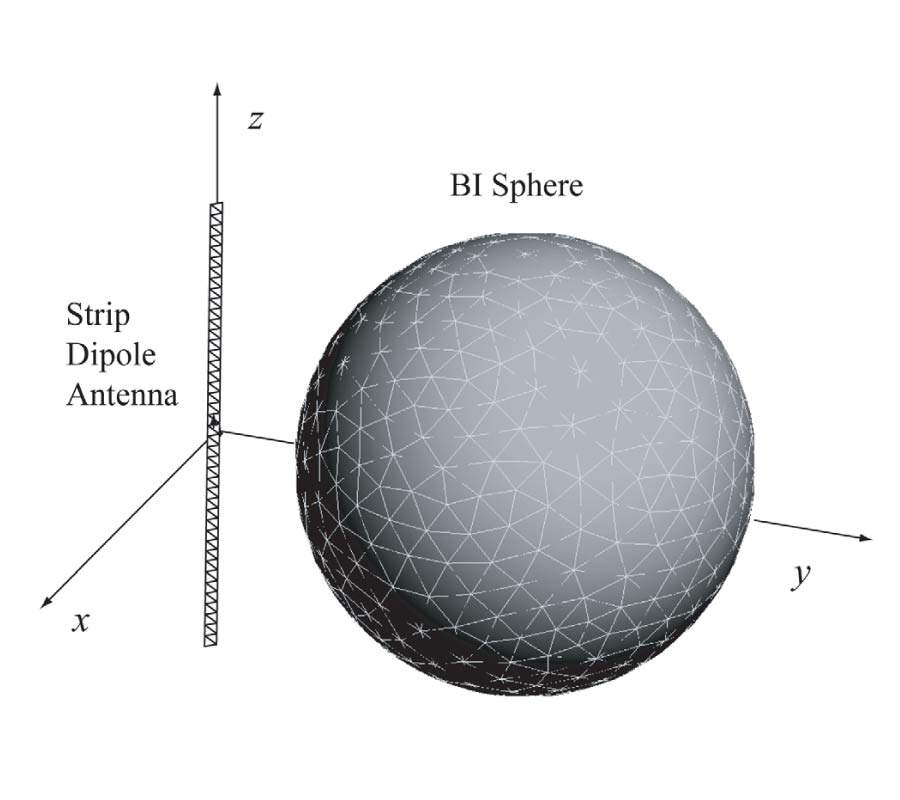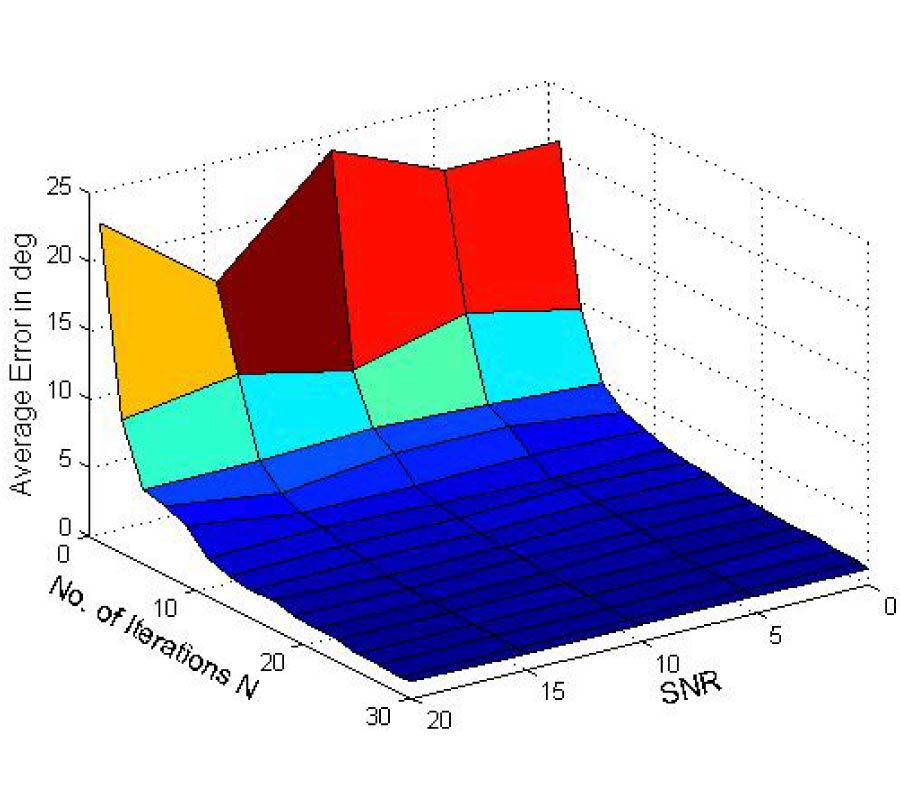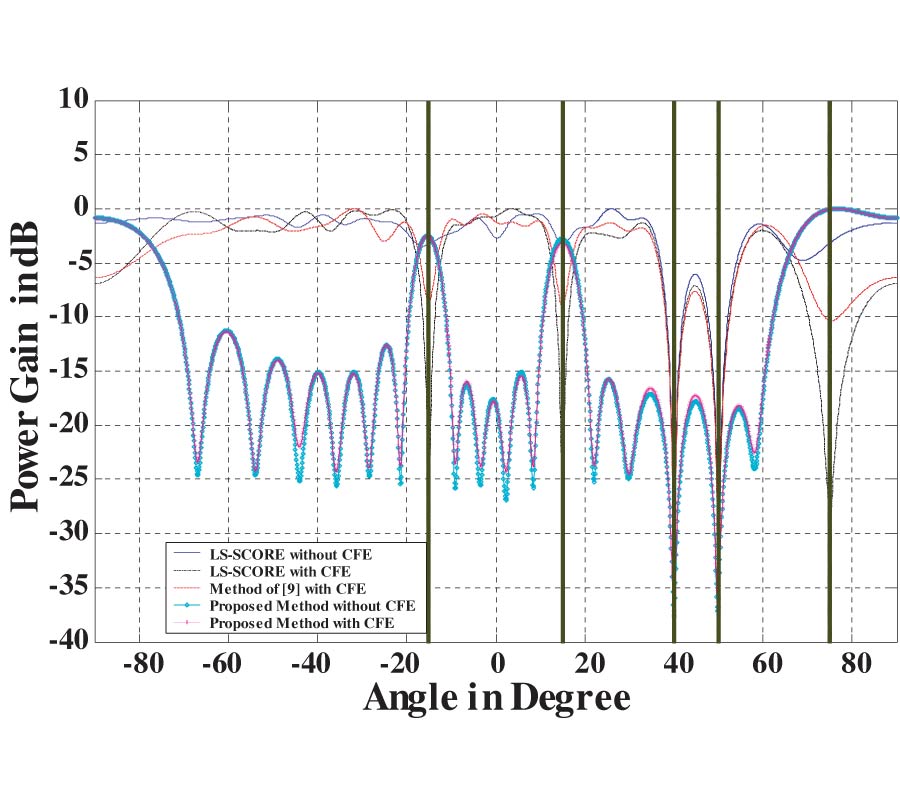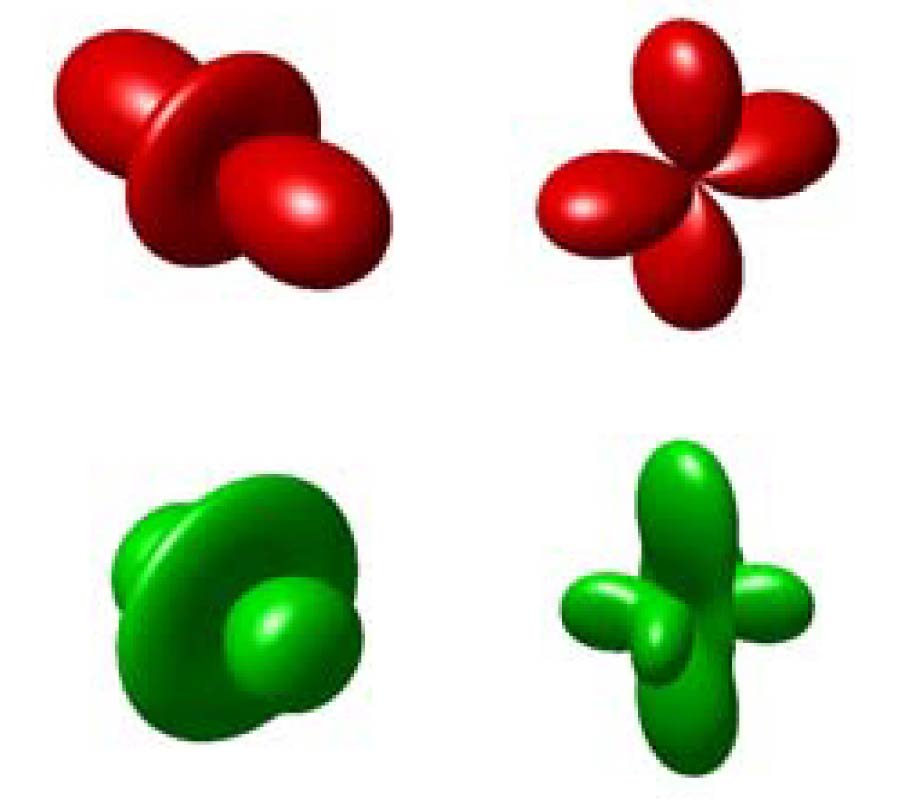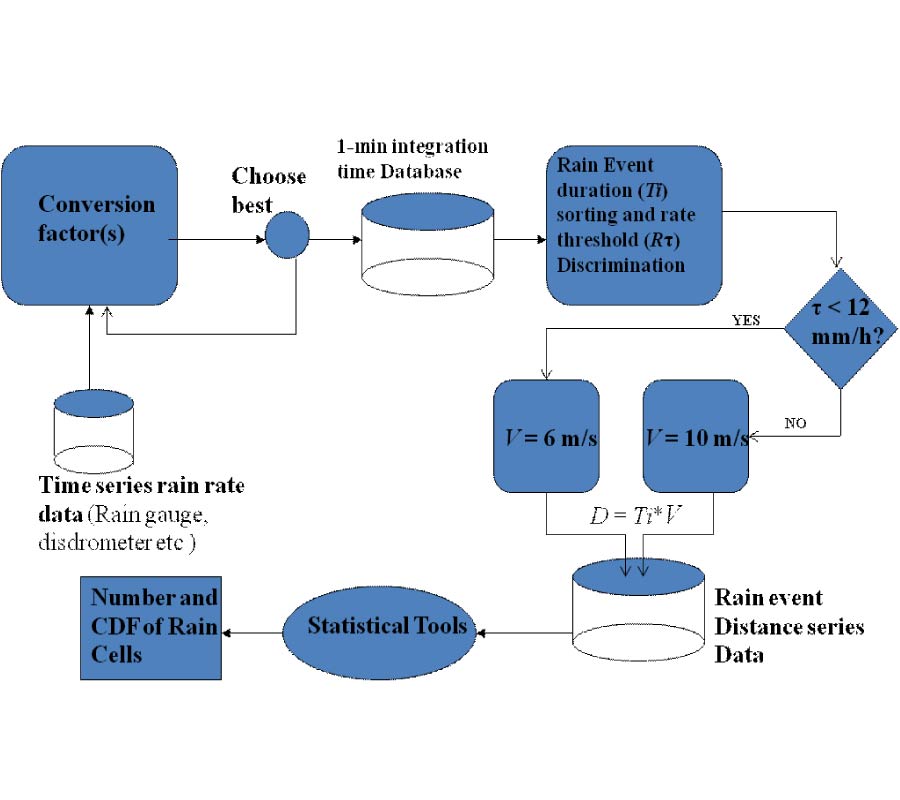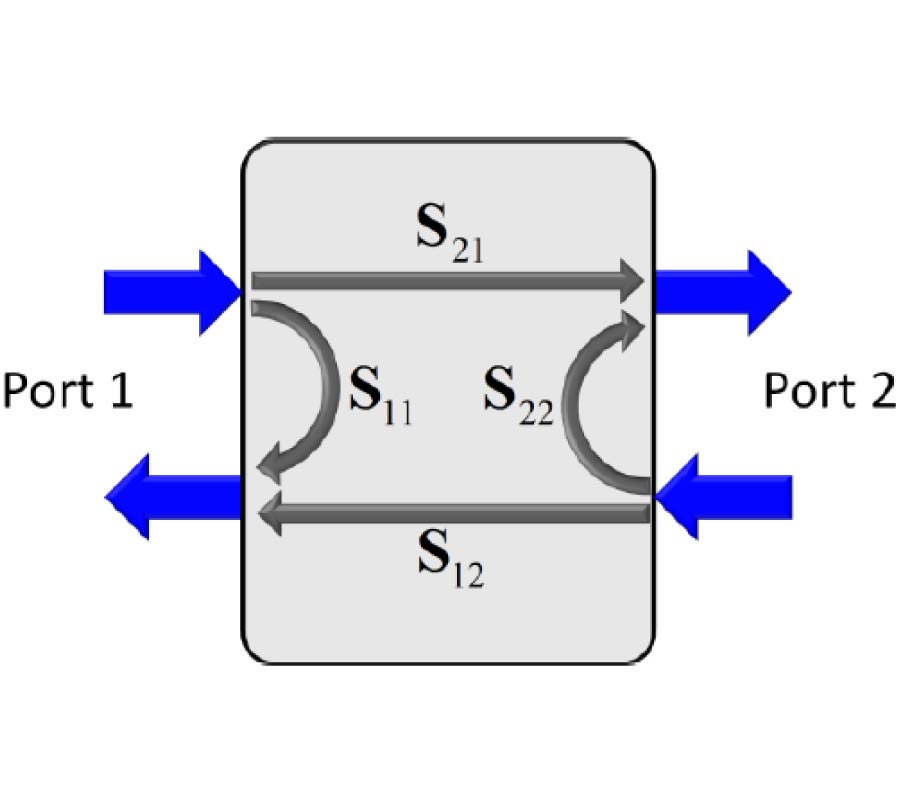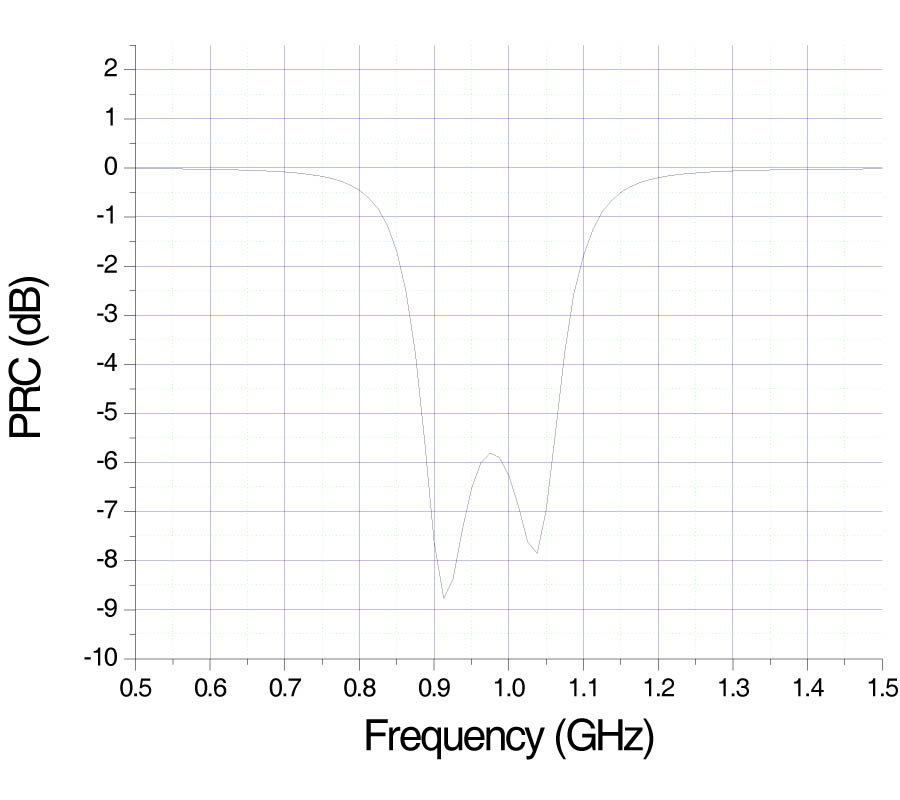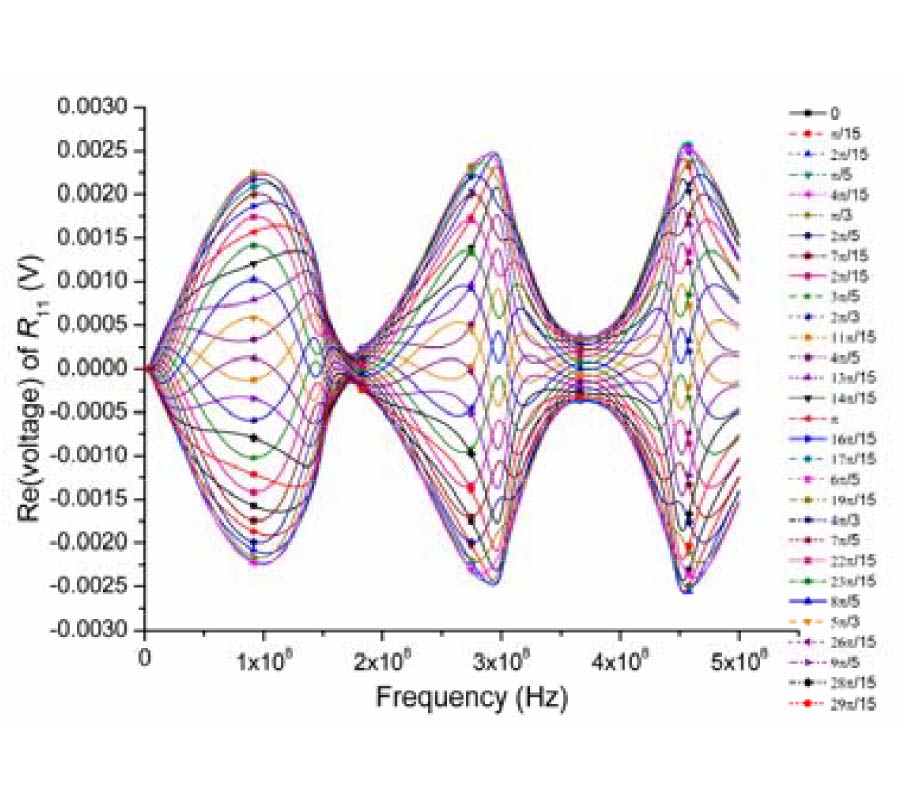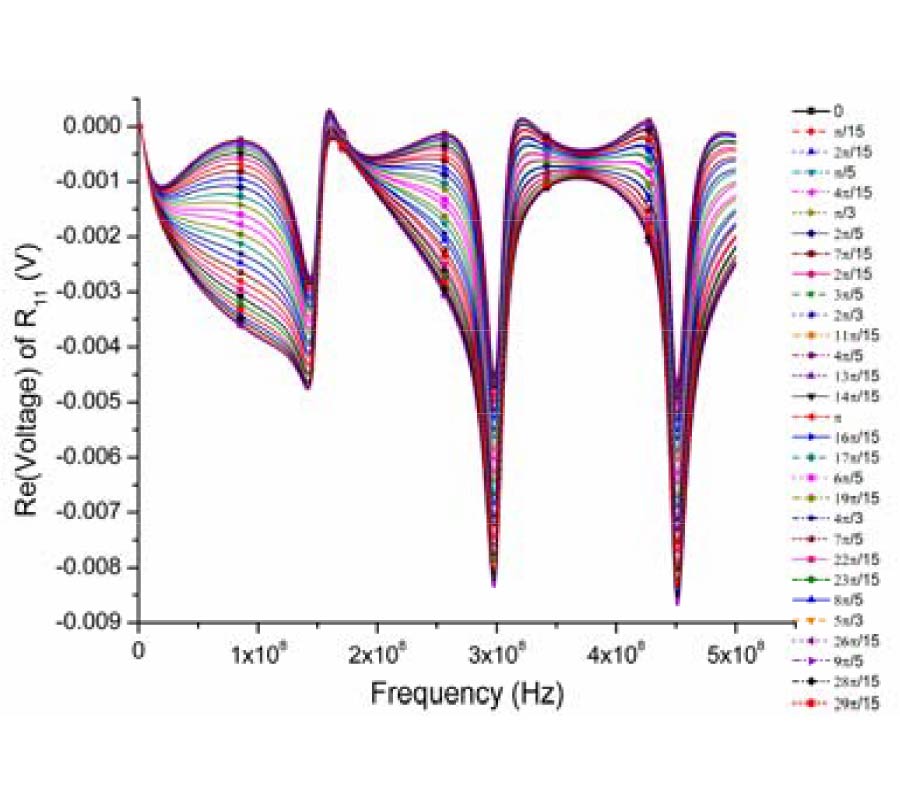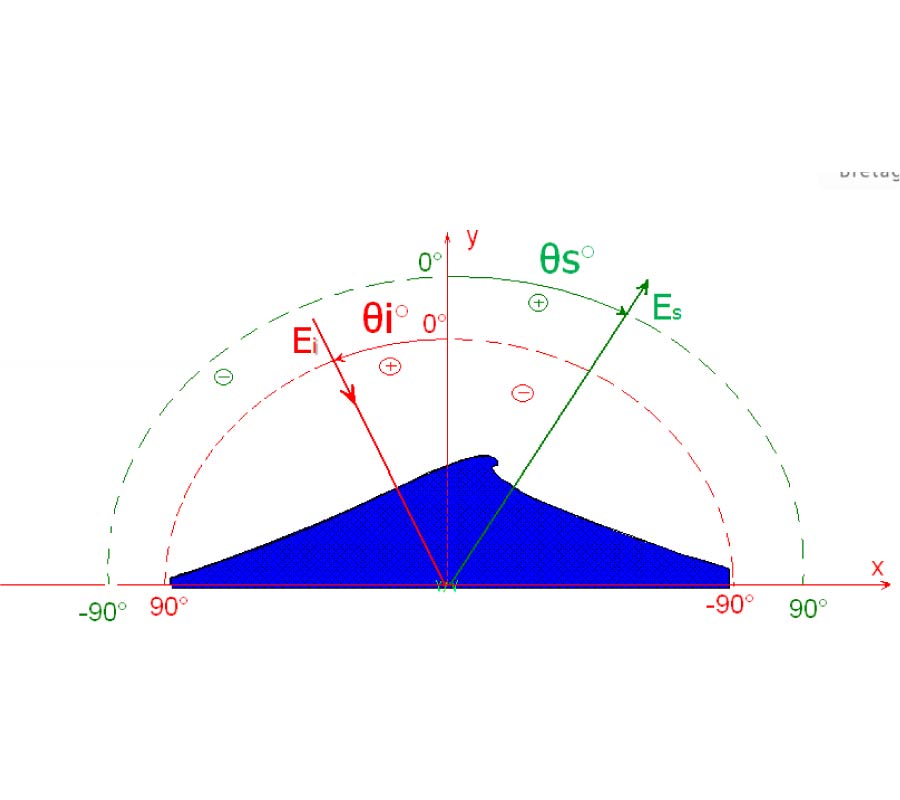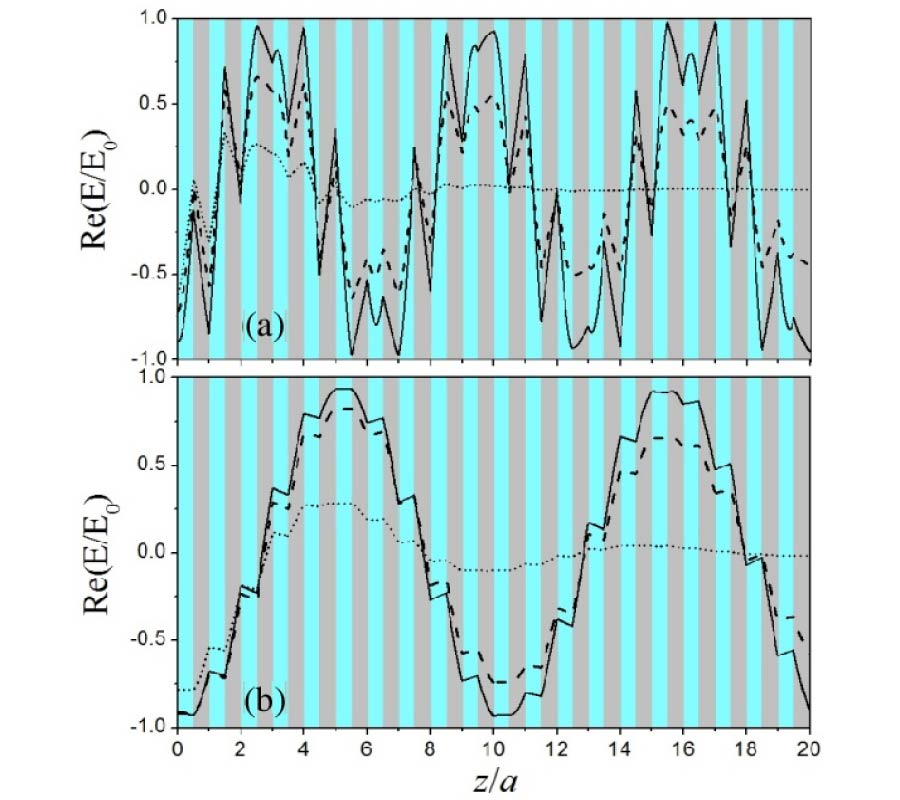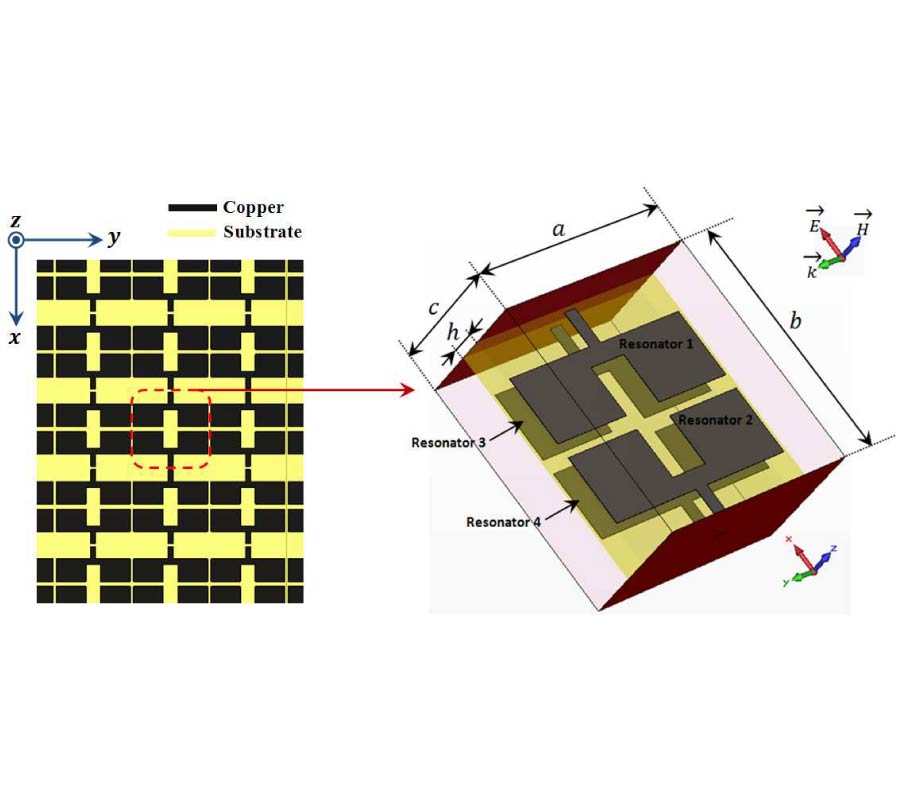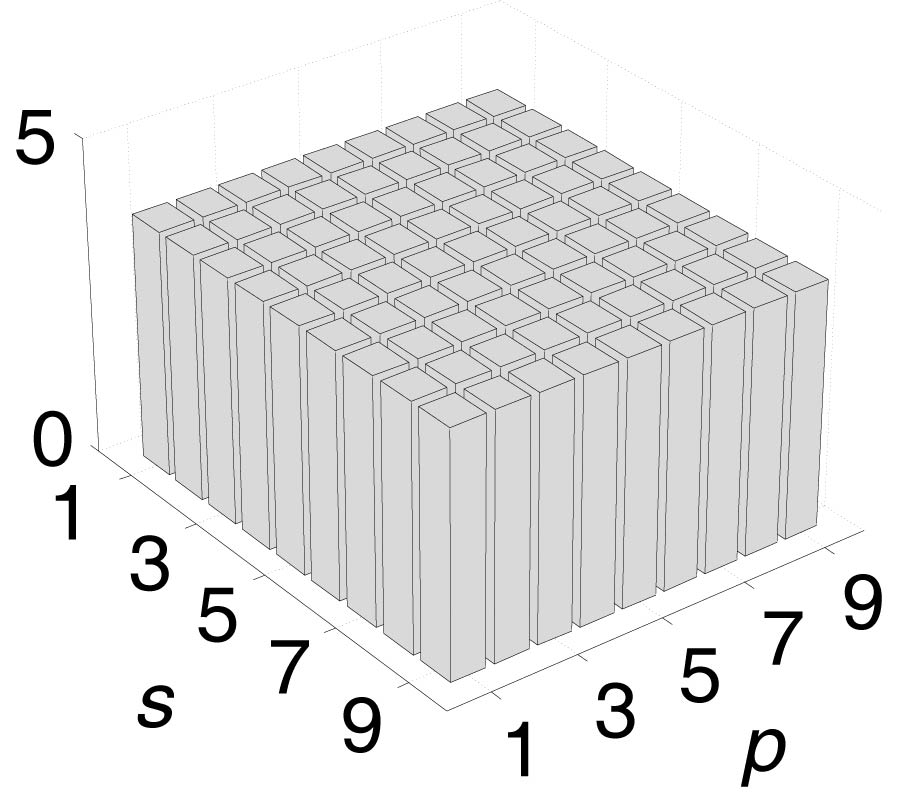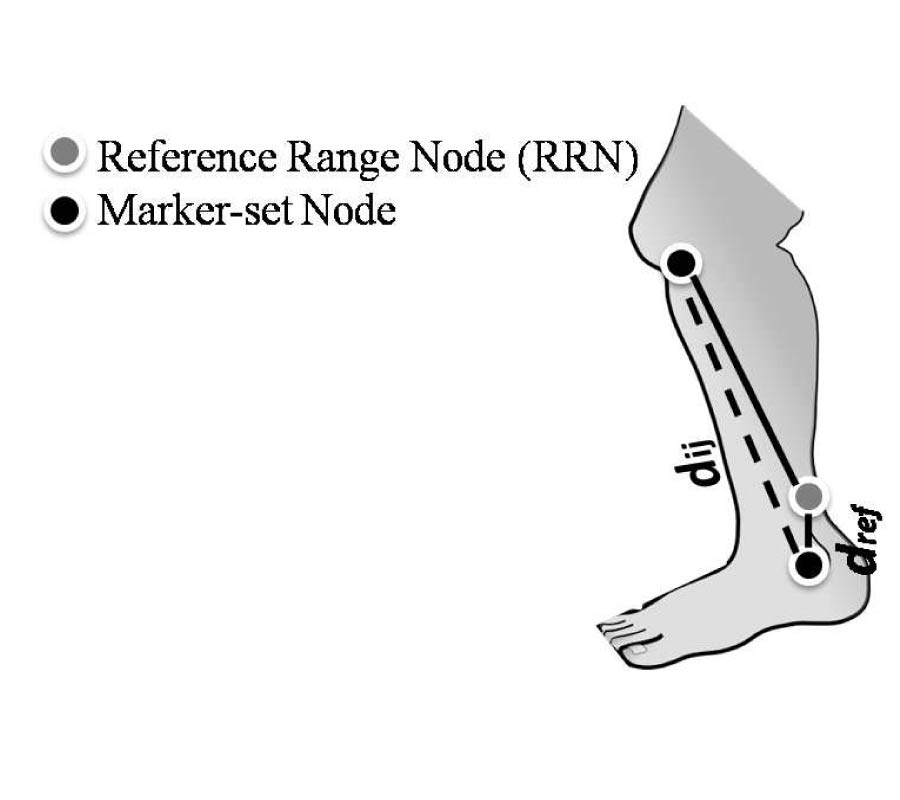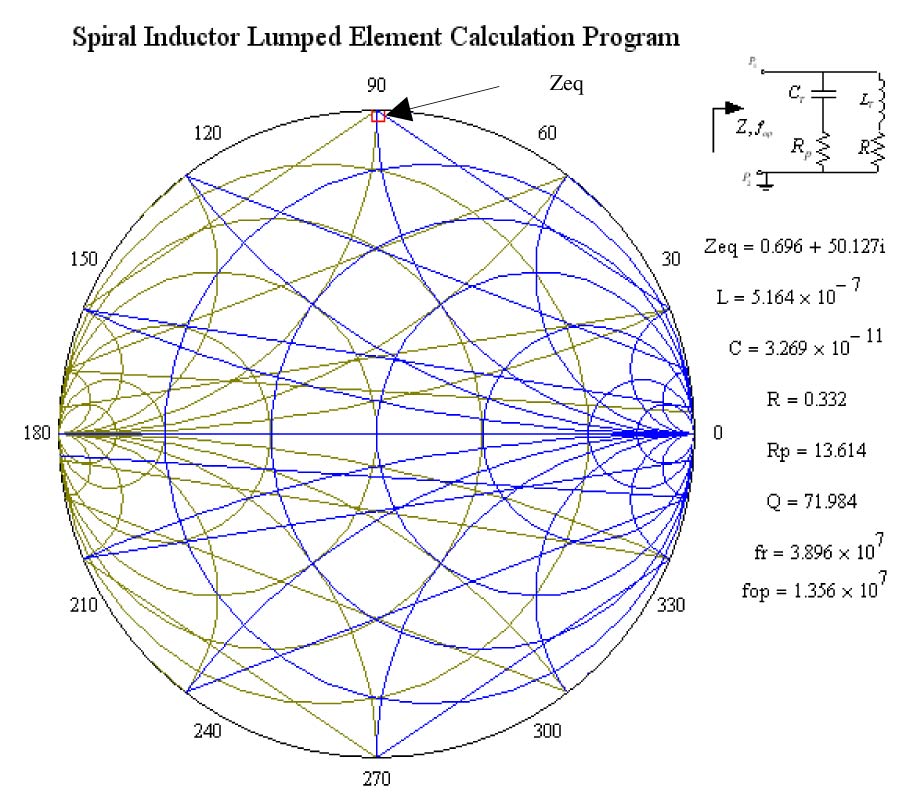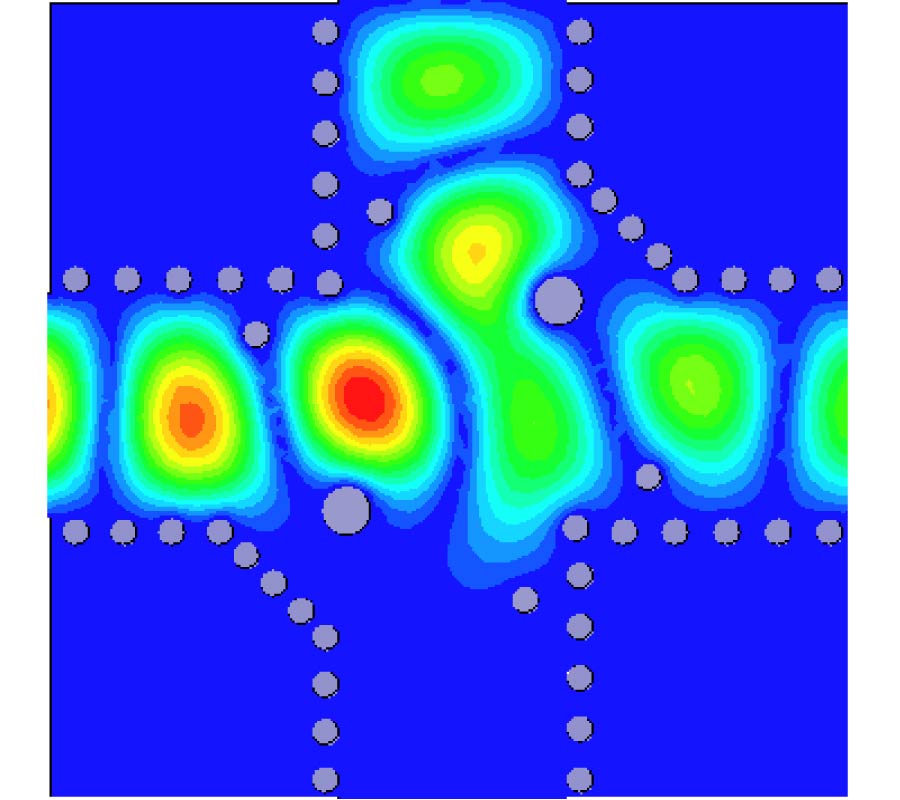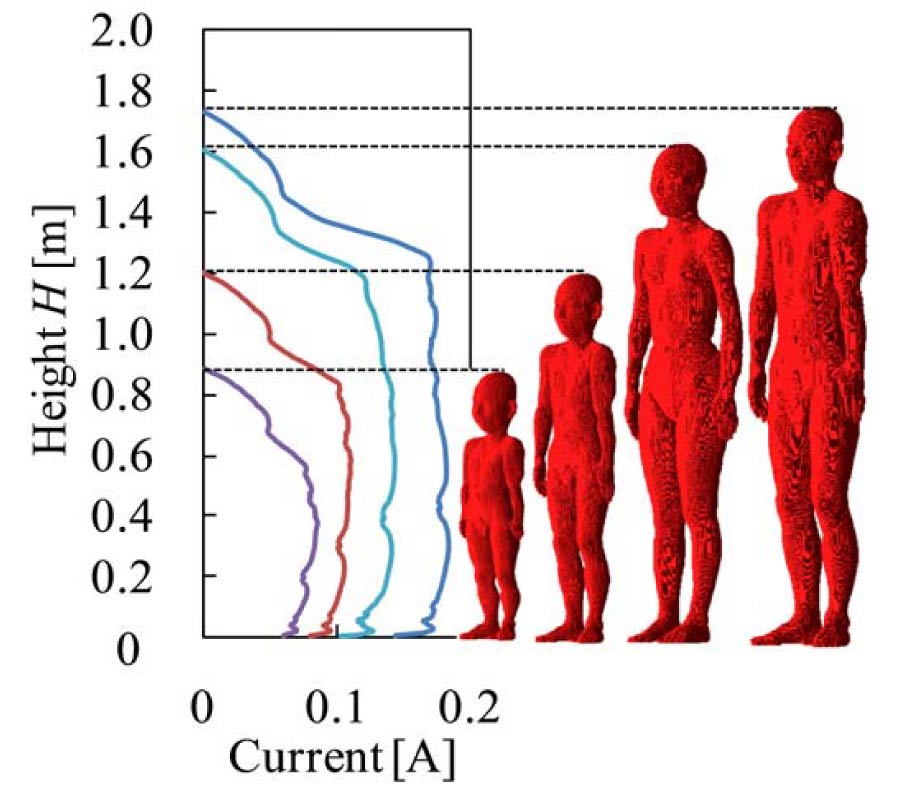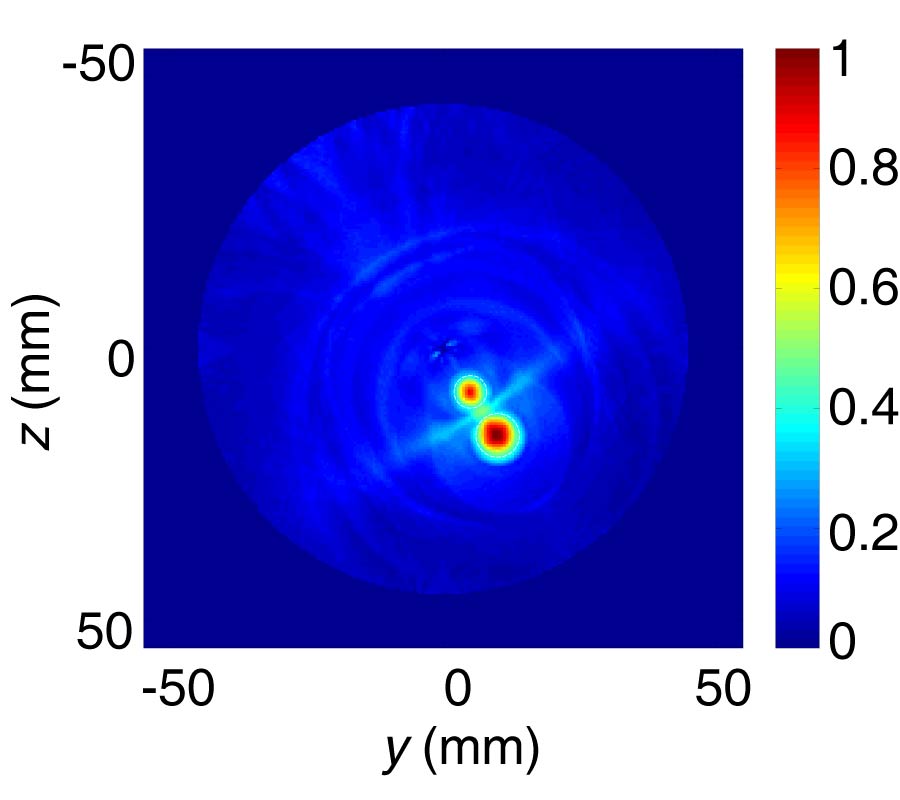Design and Implementation of a Planar 4x4 Butler Matrix in SIW Technology for Wide Band High Power Applications
Tarek Djerafi,
Nelson J. G. Fonseca and
Ke Wu
This paper introduces a novel design of Butler matrix in substrate integrated waveguide (SIW) technology with wide frequency band characteristics. Butler matrices are particularly useful in advanced antenna design and characteristics such as wideband operation, power handling, manufacturing, integration, cost, etc. are typical issues to be addressed in many applications. The proposed planar 4×4 Butler matrix provides an interesting solution to most of these issues. Wideband operation is achieved thanks to improved cross-couplers. These components are also characterized by higher power handling when compared to $E$-plane couplers. The use of SIW technology enables to reduce insertion losses compared to other printed technologies, while maintaining most advantages of such technologies such as high integration, manufacturing simplicity, low weight, etc. The proposed design is fully described, from the elementary building blocks to the full assembly performances. The design is optimized for operation in Ku-band with a center frequency at 12.5 GHz. A prototype of the 4×4 Butler matrix is manufactured, and good performances are confirmed over 24% relative frequency bandwidth. Potential use of this sub-system in multibeam antenna design is also discussed.
